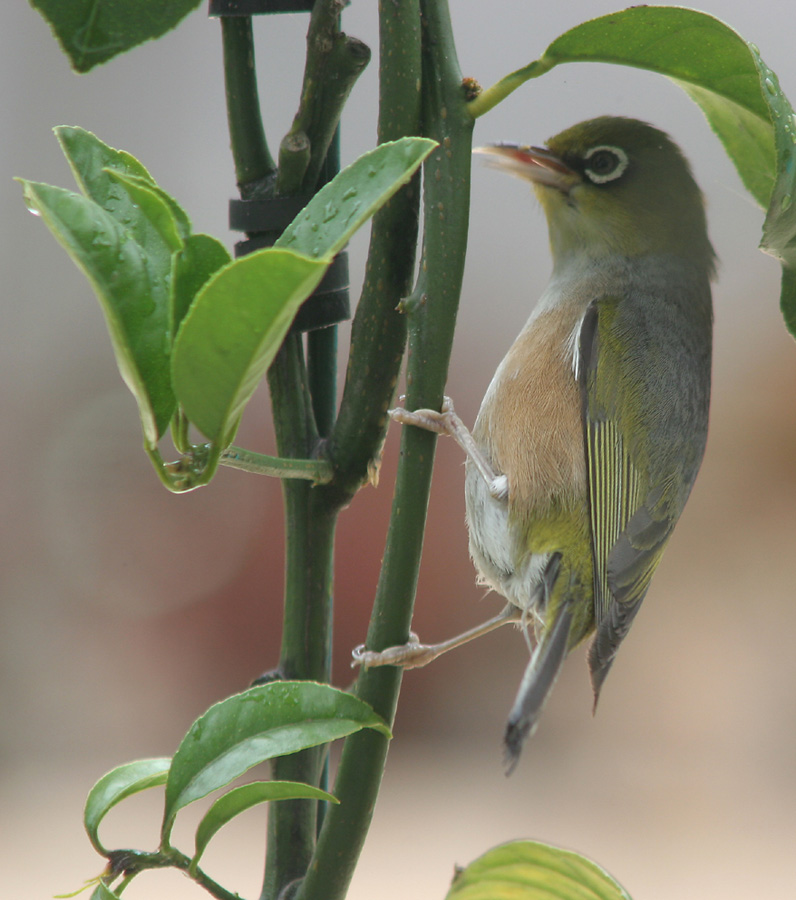Follow
the podcast on


This is the time of the year when my training sessions begin in all speed: teaching silvereyes and some other birds to come and visit our garden. After all, today’s the start of winter!
It’s not just about giving these lovely birds some well-deserved food for winter (although that helps!), it’s a simple way to get them to know where we live!
By regularly feeding these insectivores, they will be imprinted to come back in spring and summer, and that helps an entomologist (and his grandson) to identify the various individuals during the months of the year.
We feed these birds a number of yummy meals: Protein rich meat balls from the Mad Butcher, Lard Blocks, Nectar bottles, Cut-open fruit, etc.

Hundreds of them will visit our “kitchen”, and we know they will come back in spring and summer.
Why? Simply because this is where they get some great food, especially when it’s wintertime, but also in summertime, when our plants are damaged by scale insects and mealy bugs, whitefly and caterpillars, beetles and psyllids. Other great food are the chrysalises of moths and herbivorous wasps; but to be frank, their most effective pest control deals with aphids and the sap-sucking “scales and mealies”
I have seen these birds devouring 80% of the scale insects on my citrus bush in the garden. It was a relentless exercise by the small flock that came back twice a day to lift the tiny insects off the stems.

Other great birds in winter, spring, and summer are tui and bellbirds.
They too love to gobble the sugar water snacks. When you have flowers in the garden, these two natives will likely pollinate your plants!
Training these birds in winter has a second beneficial outcome:
The hundreds of silvereyes, finches, starlings and other garden visitors can be caught in my garden with mist nets; the next step then is to give them a metal ring with individual numbers.
It allows some of my colleagues to come over to my place and become skilled at “catching and banding” all sorts of birds. This will be useful for future Science Projects in Ornithology.

Ha! Even my 12 year old grandson keeps an eye on the silvereyes that he banded – it’s wonderful to see these young kids having a go and learning about Nature in quite a different way.
LISTEN ABOVE
Take your Radio, Podcasts and Music with you









